What is a Turret Ring?
Aug. 20, 2024
https://www.drake-machinery.com/turret/
In the world of military technology and armored vehicles, the term "turret ring" holds significant importance. As a crucial component in the design and functionality of tanks, armored fighting vehicles (AFVs), and even naval warships, the turret ring plays a vital role in the overall operational effectiveness of these machines. But what exactly is a turret ring, and why is it so essential? In this article, we will explore the concept of the turret ring, its functions, design considerations, and its impact on the performance of modern armored vehicles.
Understanding the Turret Ring
The turret ring is a mechanical component that allows the turret of a vehicle, such as a tank or an AFV, to rotate horizontally. It serves as the interface between the vehicle's chassis and the turret, enabling the turret to traverse 360 degrees. This rotation is essential for the vehicle to engage targets in any direction without the need to move the entire vehicle.
Structure of a Turret Ring
A turret ring typically consists of several key components:
Bearing Race: This circular track, usually made of high-strength steel, houses the bearings that facilitate smooth rotation.
Ball Bearings or Rollers: These elements reduce friction and enable the turret to move effortlessly across the bearing race.
Turret Base: The bottom part of the turret that interfaces with the turret ring and houses the necessary mechanisms for rotation.
Ring Gear: This component, often integrated into the turret ring, engages with a pinion gear driven by the turret’s motor to enable powered rotation.
Functions of a Turret Ring
The turret ring performs several critical functions that are essential for the effectiveness of armored vehicles:
Rotation Mechanism: The primary function of the turret ring is to enable the turret to rotate. This rotation is crucial for targeting and engaging enemy positions without needing to reposition the entire vehicle.
Stability and Support: The turret ring provides a stable and secure connection between the turret and the vehicle’s chassis. It bears the weight of the turret, which often includes heavy armor and weapon systems, and ensures smooth and balanced rotation.
Transmission of Power and Signals: Modern turret rings are designed to accommodate electrical slip rings or rotary joints, which allow the transmission of power, data, and control signals between the vehicle and the turret. This is essential for the operation of advanced targeting systems, sensors, and communication devices.
Design Considerations for Turret Rings
Designing an effective turret ring involves several critical considerations, each of which plays a role in the overall performance of the vehicle:
1. Material Selection
The material used for the turret ring must be able to withstand the significant stresses and loads imposed by the turret's weight and the dynamic forces during combat operations. High-strength steel is commonly used, although advanced materials like titanium or composite materials may be used in high-performance vehicles to reduce weight without compromising strength.
2. Durability and Wear Resistance
Given the harsh conditions in which armored vehicles operate, the turret ring must be highly durable and resistant to wear and tear. This includes resistance to environmental factors such as dust, sand, mud, and extreme temperatures, which can affect the performance and longevity of the turret ring.
3. Precision Engineering
The turret ring must be precisely engineered to ensure smooth and accurate rotation. Any misalignment or imbalance can result in uneven wear, increased friction, and reduced operational efficiency. Precision machining and assembly are critical to achieving the necessary tolerances and alignment.
Recommended article:
Vibrating table for mold making and casting
Key Questions to Ask When Choosing an Eco-Friendly Water Bottle
Flexible Fire Resistant Ceramic Fiber Blanket vs. Traditional Insulation: Which Wins?
How to Choose Premium One-Piece Hose Fittings?
How Effective Are Acid Mist Fiber Bed Filters?
Are You Tired of Inefficient Self-Priming Pump Performance?
Innovative Tape Converting Equipment Investment Strategies
4. Load-Bearing Capacity
The turret ring must be capable of supporting the weight of the turret, which can include heavy armor, large-caliber weapons, ammunition, and various sensors and communication equipment. The load-bearing capacity must be carefully calculated to ensure the turret operates smoothly under all conditions.
5. Integration with Other Systems
Modern armored vehicles are equipped with a wide range of electronic systems, including targeting computers, communication devices, and sensors. The turret ring must be designed to integrate seamlessly with these systems, allowing for the transmission of power and data without hindering the turret's rotation.
Impact of Turret Rings on Vehicle Performance
The turret ring is not just a mechanical component; it plays a significant role in the overall performance and effectiveness of armored vehicles. Several aspects of vehicle performance are directly influenced by the design and functionality of the turret ring:
1. Maneuverability
The ability to rotate the turret independently of the vehicle's movement enhances the maneuverability of the vehicle in combat situations. A well-designed turret ring allows for rapid and precise targeting, enabling the vehicle to engage multiple targets quickly and effectively.
2. Survivability
A robust and reliable turret ring contributes to the vehicle's survivability by ensuring that the turret remains operational even in harsh conditions. The ability to maintain turret rotation can be critical in situations where the vehicle needs to respond quickly to threats from multiple directions.
3. Firepower
The effectiveness of the vehicle's weapon systems is closely tied to the performance of the turret ring. A smooth and responsive turret ring allows the gunner to aim and fire with greater accuracy, increasing the vehicle's overall firepower.
4. Crew Safety
The turret ring also plays a role in crew safety. By enabling the turret to rotate smoothly and accurately, it reduces the risk of mechanical failure or jamming, which could leave the crew vulnerable during combat operations.
Advancements in Turret Ring Technology
In recent years, advancements in materials science, manufacturing techniques, and electronic systems have led to significant improvements in turret ring technology. Some of these advancements include:
Composite Materials: The use of composite materials has allowed for the development of lighter and more durable turret rings, reducing the overall weight of the vehicle while maintaining or even enhancing its strength.
Advanced Bearings: New types of bearings, such as ceramic or hybrid bearings, offer improved wear resistance and lower friction, leading to smoother and more reliable turret rotation.
Integrated Electronics: Modern turret rings are increasingly being designed with integrated electronic systems that allow for more efficient power and data transmission, as well as enhanced control over turret movement.
Modular Design: Some turret rings are now designed with a modular approach, allowing for easier maintenance and replacement of components. This can reduce downtime and increase the operational availability of the vehicle.
Conclusion
The turret ring is a critical component in the design and operation of armored vehicles. Its role in enabling turret rotation, providing stability, and integrating with other systems is essential for the effectiveness of modern military technology. As advancements in materials and engineering continue, the turret ring will likely see further improvements, enhancing the performance and capabilities of future armored vehicles.
How Can Premium One-Piece Hose Fittings Reduce Your Downtime?
Top Benefits of Aluminum Alloy Pneumatic Diaphragm Pumps
Maximize Your 32140 Battery Life: Expert Tips & Tricks
Top 5 Foam Rubber Insulation Sheets for 2024
Analyzing the Pros and Cons of Sandwich PUF Panel Sheets
Double-sided tape coater: Selection and Troubleshooting Guide
XTSEAO OEM:BH6832E 90311-41009 41*74*11/19 ...
74
0
0
Related Articles


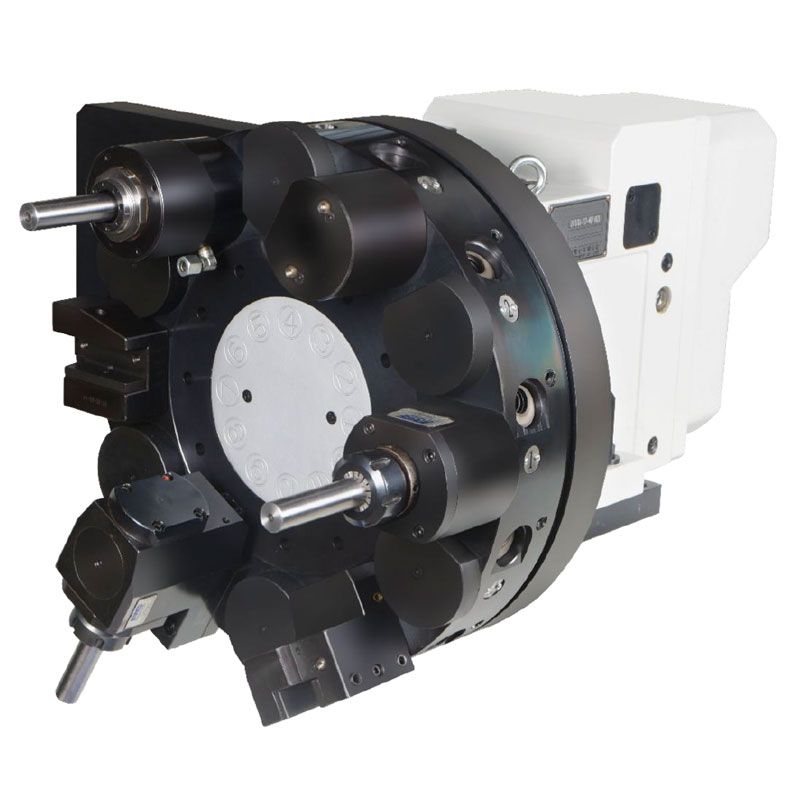
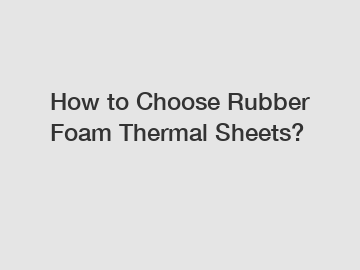

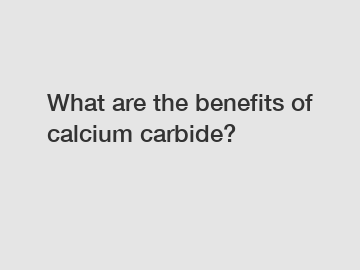
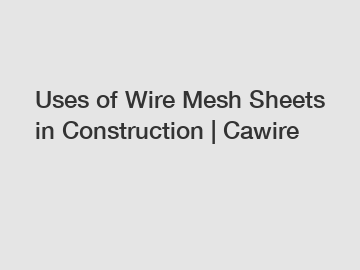
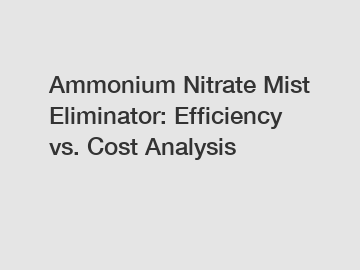
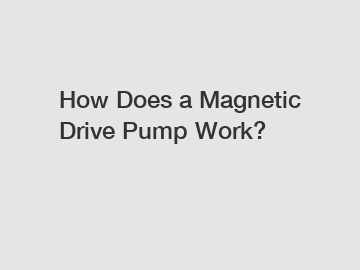

Comments
All Comments (0)